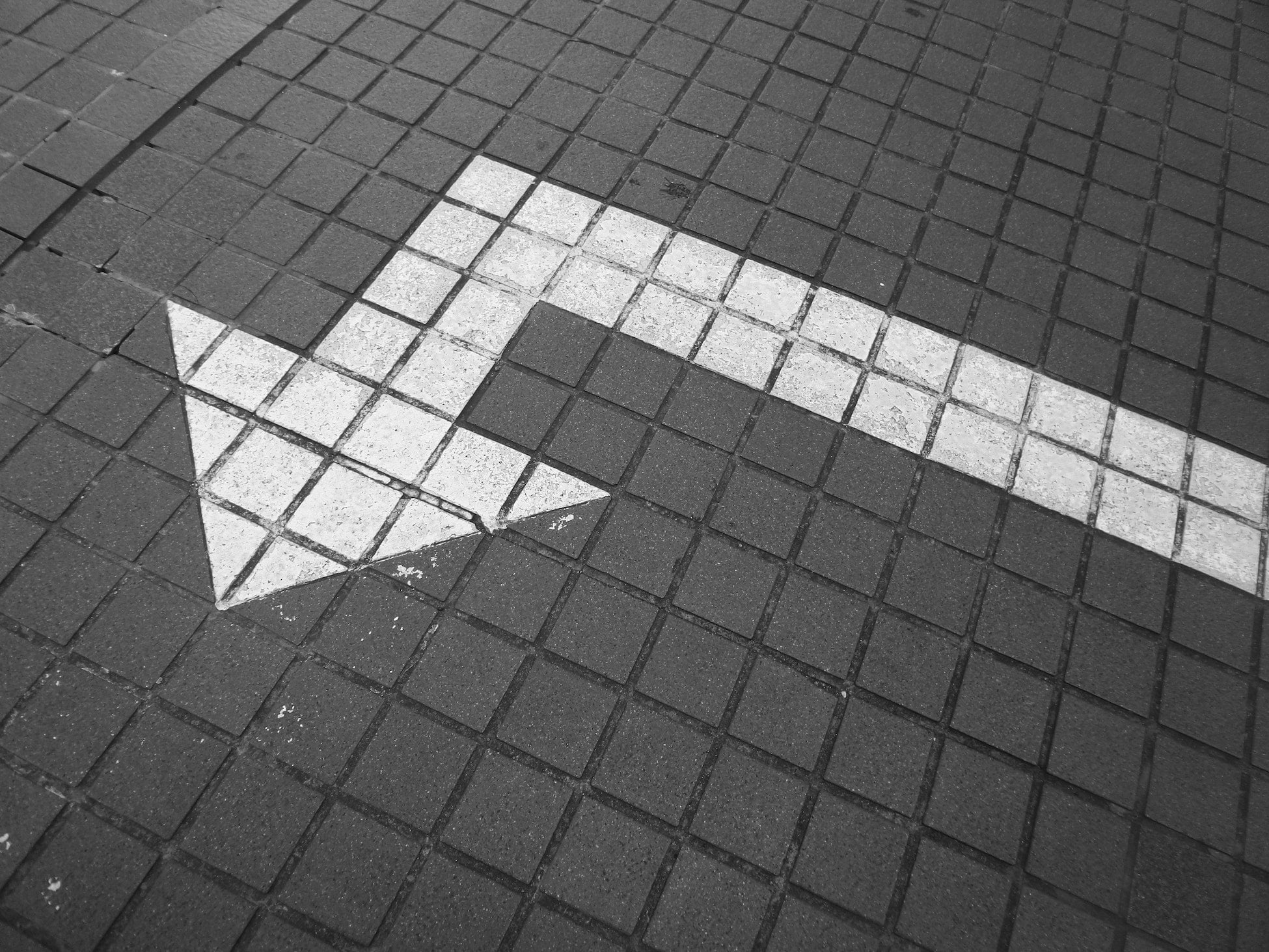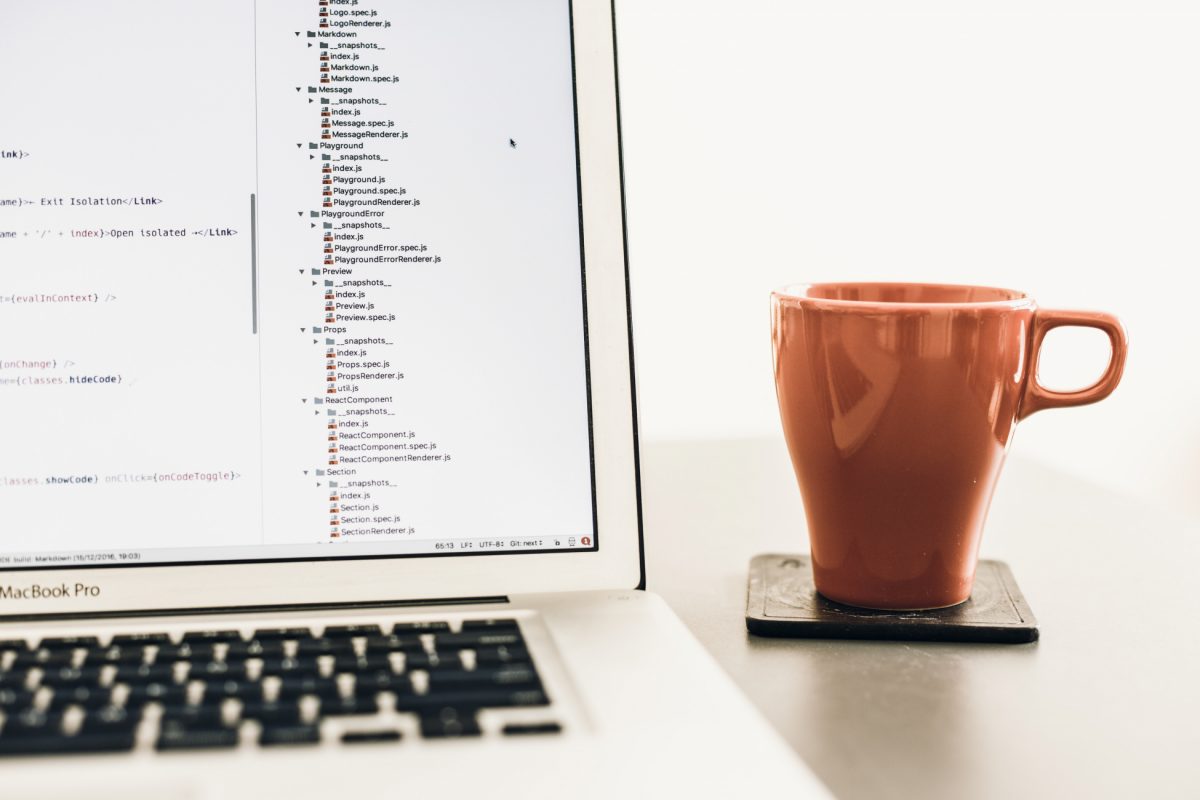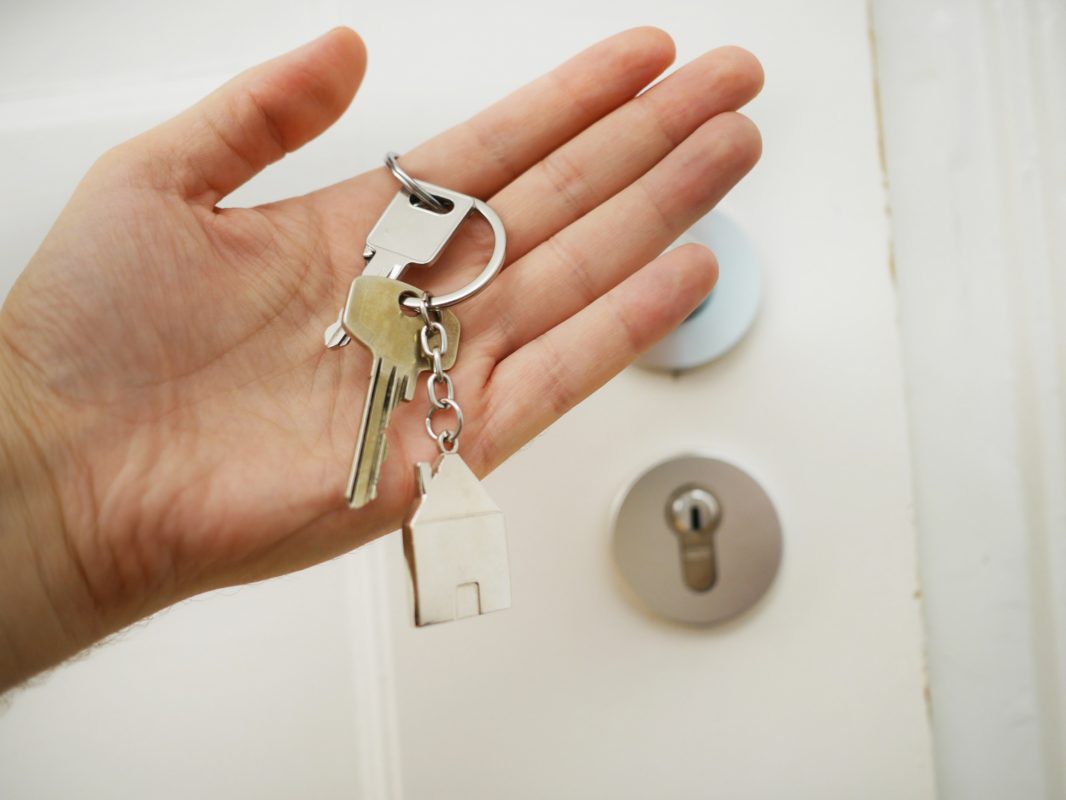Picture this: You’ve just landed your dream apartment, but before you can even think about that epic housewarming party, you’re hit with a surprise—a sneaky little fee called mortgage insurance. It’s like the unwanted guest at your financial bash, lurking in the background and draining your wallet. But guess what? There are loads of savvy ways to dodge that party crasher, and we’re about to spill the secrets. Welcome to "How to Avoid Mortgage Insurance: The Complete Guide"—your ultimate, no-nonsense, hilarious guide to keeping more money in your pocket while you secure your dream home.
How to Avoid Mortgage Insurance: The Complete Guide Table of Contents
Mortgage Insurance 101: A Quick Crash Course
Why Does Mortgage Insurance Exist—and Why Should You Care?
The Anatomy of Mortgage Insurance: What Makes It Tick?
Factors That Determine Whether You’ll Need Mortgage Insurance
Smart Strategies to Avoid Mortgage Insurance
Real-Life Success Stories: How Others Avoided Mortgage Insurance
Designing Your Personalized Strategy to Avoid Mortgage Insurance
Resources and Community Support: Your Next Steps
Frequently Asked Questions About Avoiding Mortgage Insurance
Mortgage Insurance 101: A Quick Crash Course
Before we dive into the clever strategies to sidestep this extra cost, let’s break down what mortgage insurance is all about. Simply put, mortgage insurance—whether it’s Private Mortgage Insurance (PMI) for conventional loans or Mortgage Insurance Premium (MIP) for FHA loans—is a sneaky requirement that lenders impose when you can’t put down at least 20% on your home purchase. Its main mission? To protect the lender from potential losses if you default on your loan.
Think of it like a safety net for your lender. If your finances do a not-so-graceful nosedive, this insurance helps cover some of the risks they took on when you got the keys to your new castle. But here’s the kicker: unlike homeowner’s insurance, which protects you, mortgage insurance protects the bank. And while banks are usually not our best friends when it comes to extra fees, there are numerous ways to avoid this additional cost.
Whether you’re a millennial juggling student debt or a Gen Z superstar starting your first job, understanding and strategically avoiding mortgage insurance can set you apart in the home-buying game. So buckle up as we explore smart, creative, and sometimes downright cheeky strategies to bypass this unnecessary expense.
Why Does Mortgage Insurance Exist—and Why Should You Care?
Mortgage insurance exists because banks are risk-averse by nature. They require a safety cushion to safeguard their investments if borrowers default on their loans. This is particularly common when your down payment is less than 20% of the property value. While the insurance helps keep lending available for buyers with smaller down payments, it also adds that extra monthly expense that can feel like a financial speed bump.
For many first-time homebuyers and those with less-than-perfect credit, mortgage insurance might seem like the only hurdle in the quest for homeownership. But knowing why this fee exists—and more importantly, how to work around it—can empower you to negotiate better terms, save thousands, and potentially speed up your journey to owning a home without the added weight on your monthly budget.
Modern homebuyers are all about maximizing value and minimizing costs. The good news is that with a bit of creative thinking and insider knowledge, you can often find ways to skirt around the need for mortgage insurance altogether. Let’s dive into those strategies.
The Anatomy of Mortgage Insurance: What Makes It Tick?
Mortgage insurance isn’t a one-size-fits-all deal; there are different flavors tailored to specific types of loans. Here’s a quick breakdown:
- Private Mortgage Insurance (PMI): This type is common for conventional loans and is typically required when your down payment falls under the 20% threshold. PMI premiums can vary based on your credit score, loan-to-value ratio, and even the type of property you’re purchasing.
- Mortgage Insurance Premium (MIP): Used primarily for FHA loans, MIP is a bit different. It involves an upfront premium (often financed into your loan) plus monthly payments, and unlike PMI, it might not automatically disappear once you reach 20% equity.
Knowing which type of mortgage insurance you might face—and understanding how the premiums are calculated—can help you make informed decisions about your down payment, loan programs, and overall strategy for purchasing a home.
The broader takeaway here is clear: mortgage insurance is designed to protect lenders, not you. Armed with that knowledge, you can now explore smart tactics that may help you avoid this extra expense.
Factors That Determine Whether You’ll Need Mortgage Insurance
There are a few key players that influence whether you’ll be hit with mortgage insurance:
- Down Payment Size: The golden rule of thumb is if you can muster a 20% down payment, you’ll usually avoid mortgage insurance. In today’s market, however, saving 20% might feel like trying to win the lottery.
- Credit Score: A higher credit score can sometimes give you access to loan programs that do not require mortgage insurance, or at least enable you to secure better rates if you do need it.
- Loan Type: Certain loan types, such as VA loans, naturally come without mortgage insurance. On the flip side, FHA and conventional loans come with their own insurance requirements if you don’t put down enough cash upfront.
- Loan-to-Value Ratio (LTV): This is the percentage of your home’s value that you’re borrowing. A lower LTV not only means you have more skin in the game but also reduces the risk for the lender, which in turn can eliminate the need for mortgage insurance.
Understanding these factors will help you map out your home buying strategy with one clear goal in mind: minimizing or even avoiding mortgage insurance. Let’s now delve into the playbook of smart and creative strategies to keep that extra fee at bay.
Smart Strategies to Avoid Mortgage Insurance
There’s no one-size-fits-all cure for mortgage insurance, but there are plenty of strategies you can use to approach homeownership with confidence and a wallet-friendly plan. Here are some top methods:
1. Increase Your Down Payment
The simplest—and most effective—way to avoid mortgage insurance is to pony up a 20% down payment. Yes, saving that extra cash might require some financial gymnastics, like cutting back on daily lattes or reconsidering that monthly subscription box, but the payoff is huge. Once your down payment reaches that magical 20% threshold, your lender won’t require mortgage insurance, leaving you with lower monthly payments and more financial freedom.
If saving 20% seems like a distant dream, try automating your savings or putting up with temporary lifestyle adjustments. Every dollar saved now is a dollar you won’t have to later sacrifice to mortgage insurance fees.
2. Consider a Piggyback Loan
Have you ever heard of an 80/10/10 arrangement? No, it’s not a new TikTok dance—rather, it’s a financing strategy where you fund 80% of the home’s purchase price with a primary mortgage, 10% with a secondary loan, and then put 10% down. This clever trick can allow you to bypass mortgage insurance altogether by reducing your primary loan’s LTV ratio.
While piggyback loans are not as common as they used to be, they’re still an option worth exploring with your lender or mortgage broker, especially if your down payment savings are just a bit short of that 20% mark.
3. Explore Lender-Paid Mortgage Insurance (LPMI)
Another creative workaround is lender-paid mortgage insurance. In this arrangement, your lender covers the cost of the mortgage insurance, often in exchange for a slightly higher interest rate. It’s like trading one headache for another, but if you plan on holding the loan for a long time, the overall savings might make up for that extra percentage point.
Lender-Paid Mortgage Insurance can sometimes prove more cost-effective depending on your long-term homeownership strategy. It’s worth asking your lender to run the numbers and see if this option aligns with your financial goals.
4. Leverage VA Loans (If You Qualify)
Veterans, active-duty military members, and certain members of the National Guard and Reserves have a secret weapon in the battle against mortgage insurance—a VA loan. These loans often come without the requirement for mortgage insurance, allowing you to secure a mortgage with no additional insurance premiums. In return, you might pay a funding fee, but even that can often be rolled into your loan.
If you or a family member qualifies for a VA loan, it’s an opportunity worth exploring. Not only do these loans waive the need for mortgage insurance, but they also typically come with favorable interest rates and flexible qualification requirements.
5. Shop Around for Conventional Loan Programs
Not all conventional loans are created equal. Some lenders offer programs that relax the 20% down payment requirement if you have an excellent credit score, a strong financial history, and a low debt-to-income ratio. By shopping around and comparing loan programs, you may find a deal that allows you to avoid mortgage insurance—even with a down payment lower than 20%.
Get out there, ask questions, and don’t be afraid to negotiate. After all, the home buying process is not just about accepting the first offer—it’s about finding the plan that best aligns with your financial future.
6. Consider Renovation Loans
If you’re handy with a hammer or can channel your inner DIY guru, renovation loans might be your ticket out. Some renovation loans allow you to finance both the purchase and improvement of a home with a lower down payment, often sidestepping the conventional mortgage insurance requirement. These loans can come with flexible qualification terms and might help you build equity faster, setting you on the path to eventually eliminating any mortgage insurance burden.
Keep in mind that renovation loans will require detailed plans and sometimes even a professional appraisal. But if you're ready to invest a little sweat equity into your future home, the savings on mortgage insurance can be well worth the effort.
7. Enhance Your Credit Score
A better credit score not only gives you access to lower interest rates but can also increase your chances of qualifying for loan programs with relaxed mortgage insurance requirements. If your credit score is dragging you down, now is the time to take charge: pay off debt, correct any inaccuracies on your credit report, and avoid applying for new credit in the months leading up to your home purchase.
By prioritizing your credit health, you send a clear message to lenders: you’re a responsible borrower worthy of the best terms available. And sometimes, that means mortgage insurance is simply not an option you have to deal with.
8. Consider a Refinance Down the Line
If mortgage insurance is unavoidable at first, there’s always the option of refinancing once you’ve built up enough equity. Many conventional loans allow you to cancel mortgage insurance once your LTV drops below 80% as a result of rising property values or extra payments on your principal.
Refinancing can be like hitting the refresh button on your mortgage. It might involve some upfront costs and paperwork, but if it means dropping those pesky insurance premiums for good, it’s a strategy worth considering.
9. Negotiate With Your Lender
Don’t underestimate the power of good old-fashioned negotiation. Some lenders are more flexible than others, and if you can demonstrate strong financial stability, they might be willing to work with you on terms that reduce or eliminate the need for mortgage insurance.
Think of it as haggling at your favorite thrift store—armed with the right information and a bit of confidence, you can sometimes score a deal that leaves your wallet feeling a little heavier.
10. Educate Yourself About the Fine Print
Mortgage insurance details can vary widely from one lender to another. Some loans have provisions that allow for the cancellation of insurance once you meet certain criteria, while others might require it for the life of the loan. The key here is to read everything carefully, ask for clarifications, and never sign on the dotted line without understanding exactly what you’re getting into.
The more informed you are, the better equipped you’ll be to steer clear of unnecessary fees and ensure that every decision you make aligns with your financial goals.
Real-Life Success Stories: How Others Avoided Mortgage Insurance
Sometimes, nothing inspires more than hearing how other savvy homebuyers pulled off the ultimate dodge of mortgage insurance. Here are a few stories that might resonate with your own financial journey:
The 20% Down Victory
Meet Jenna, a young professional juggling freelance gigs and a passion for travel. Determined to avoid the added cost of mortgage insurance, Jenna committed to a strict savings plan that focused on cutting non-essential expenses (yes, that meant eliminating those daily gourmet coffees). After eighteen months of tight budgeting, she managed to put down 20% on her dream condo. The result? No mortgage insurance, lower monthly payments, and extra cash to fuel her adventures.
Jenna’s story is a testament to the power of disciplined saving and knowing that every sacrificed latte can lead to major long-term benefits.
The Piggyback Power Play
Then there’s Carlos and Mia, a couple with a taste for home improvement and a knack for finding creative financial solutions. Unable to scrape together a full 20% down payment, they opted for an 80/10/10 piggyback loan. By structuring their financing in this creative way, they managed to avoid PMI and maintain a manageable monthly budget. Not only did they save money on insurance, but they also used the extra funds to embark on a renovation journey, turning their fixer-upper into a modern, chic abode.
Carlos and Mia’s success shows that sometimes thinking outside the box (or outside the traditional 20% rule) can lead to substantial savings and a home that’s all their own.
The VA Loan Lifesaver
Finally, consider the story of Alex, a veteran who took full advantage of his VA loan benefits. With access to no-mortgage-insurance options and competitive interest rates, Alex secured a home with terms far better than many conventional buyers faced. His experience underscores the importance of exploring every loan type available to you—sometimes, the answer is right there, hidden in plain sight.
These real-life examples emphasize that with a bit of research, planning, and creativity, mortgage insurance doesn’t have to be the unavoidable villain in your home buying story.
Designing Your Personalized Strategy to Avoid Mortgage Insurance
Now that you’ve seen how mortgage insurance works and how others have sidestepped it, it’s time to design your own strategy. The key is to start with a comprehensive understanding of your financial situation, your credit status, and your home buying goals. Here’s a step-by-step roadmap:
Step 1: Assess Your Savings and Down Payment Options
Start by evaluating your current savings and determining how much you can comfortably allocate for a down payment. Increase your savings by setting clear goals, automating your contributions, and trimming any non-essential expenses. Remember, every extra dollar saved is a step closer to that coveted 20% down.
Step 2: Boost Your Credit Health
A strong credit score can unlock more favorable loan options that might not require mortgage insurance—or at least offer better rates if they do. Take time to pay down debts, fix any errors on your credit report, and build a track record of responsible borrowing.
Step 3: Research Loan Programs and Speak With Lenders
Don’t settle for the first mortgage offer that comes your way. Shop around, compare different loan programs, and inquire specifically about options that can help you avoid mortgage insurance. Whether it’s a conventional loan with no PMI requirement, an 80/10/10 piggyback loan, or even a VA loan if you qualify, knowledge is power.
Step 4: Develop a Financial Timeline
Map out your timeline for purchasing a home. If you’re not quite ready to come up with a 20% down payment, plan for interim steps such as refinancing once sufficient equity is built. Setting a timeline and sticking to it will help keep your savings and credit improvement strategies on track.
Step 5: Stay Flexible and Open to Adjustments
The housing market and loan products can change over time. Stay informed on market trends and be willing to adjust your strategy if new opportunities arise. A flexible approach can turn unexpected challenges into creative solutions.
By developing a step-by-step plan and keeping your long-term goals in focus, you can navigate the hurdles of mortgage insurance with confidence and come out ahead in the home buying race.
Resources and Community Support: Your Next Steps
Embarking on the journey to avoid mortgage insurance isn’t something you have to do solo. In today’s digitally connected world, there’s a wealth of resources, communities, and financial experts who can guide you along the way.
Consider joining online forums, social media groups, or local meet-ups for homebuyers. Websites like NerdWallet, Bankrate, and The Mortgage Reports are treasure troves for up-to-date information and advice. These platforms feature expert opinions, detailed guides, and real-life testimonials that can help you better understand the nuances of different loan programs and strategies.
Additionally, don’t hesitate to consult with a trusted mortgage broker or financial advisor who understands the ins and outs of the market. Professional guidance can be invaluable when tailoring your approach to avoid mortgage insurance—ensuring that every financial decision you make is informed and strategic.
Remember, the journey to homeownership is as much about building a community as it is about crunching numbers. Lean on the experiences of others, share your own successes and challenges, and keep learning. Your proactive approach and willingness to adapt will serve you well as you march toward that dream home—minus the extra fees.
Frequently Asked Questions About Avoiding Mortgage Insurance
Here are some commonly asked questions to help clear up any lingering doubts about mortgage insurance and the strategies to avoid it:
1. What exactly is mortgage insurance, and why do I have to pay for it?
Mortgage insurance is a fee that protects the lender in case you default on your loan. It’s typically required for borrowers who put down less than 20% on a home purchase. While it adds to your monthly expenses, it enables lenders to offer loans to buyers who might not otherwise qualify for a conventional mortgage.
2. Can I completely avoid mortgage insurance if I can’t afford a 20% down payment?
Yes, there are alternative strategies to avoid or minimize mortgage insurance. Options include using a piggyback loan, considering lender-paid mortgage insurance, or shopping for specific loan programs that offer lower or no mortgage insurance with a smaller down payment.
3. What are piggyback loans, and how do they help me avoid mortgage insurance?
A piggyback loan typically involves an 80/10/10 structure where 80% of the home's price is covered by the primary mortgage, 10% is financed through a second mortgage, and 10% is your down payment. This setup reduces the primary loan’s LTV ratio, thereby often eliminating the need for mortgage insurance.
4. Do all lenders offer options to bypass mortgage insurance?
Not every lender will have the same programs or flexibility. It’s important to compare offers and ask detailed questions about their mortgage insurance policies. Shopping around can reveal options that align better with your financial situation.
5. How does refinancing help me eliminate mortgage insurance?
Refinancing allows you to renegotiate your loan terms after you’ve built enough equity in your home—typically when your loan-to-value ratio drops below 80%. This can result in the cancellation of mortgage insurance, which in turn reduces your monthly expenses.
6. Are there any government-backed loans that do not require mortgage insurance?
Yes, VA loans are a prime example. If you qualify as a veteran or active-duty service member, you can access VA loans which generally do not require any mortgage insurance. Certain USDA loans may also offer favorable terms that can help you avoid additional insurance fees.
7. What role does my credit score play in mortgage insurance decisions?
A higher credit score can sometimes qualify you for more favorable loan programs with lower or no mortgage insurance requirements. Lenders view a strong credit history as a sign of reduced risk, which can translate to better financing options.
8. Is lender-paid mortgage insurance a better option than paying PMI monthly?
It depends on your long-term plans. With lender-paid mortgage insurance, the cost is incorporated into a slightly higher interest rate, which might be beneficial if you plan on keeping the loan for many years. Compare both options carefully to see which one saves you more money in the long run.
9. How soon should I start researching to avoid mortgage insurance?
The earlier, the better. Understanding your financial picture and exploring loan options before you’re ready to purchase a home gives you ample time to save, improve your credit, and explore alternatives to avoid mortgage insurance.
10. Can professional advisors really help me avoid mortgage insurance?
Absolutely. Mortgage brokers and financial advisors who specialize in home buying can offer personalized advice, help you understand complex loan terms, and negotiate on your behalf to secure the best possible deal.
Your Path to a Mortgage Insurance-Free Future
Dodging mortgage insurance isn’t just about saving a few extra dollars each month—it’s about taking control of your financial destiny. By exploring every available option, educating yourself on the nuances of various loan programs, and planning strategically, you can enter the world of homeownership armed with knowledge and confidence.
Whether you’re building up that 20% down payment, considering a piggyback loan, or simply shopping around for a deal that better suits your financial picture, every thoughtful decision brings you closer to a future where your home investment is truly about you—not about covering the lender’s risks.
Embrace the adventure of navigating the mortgage maze with humor, persistence, and a willingness to adapt. Your journey to avoiding mortgage insurance is a journey toward greater financial freedom, more investment in your future, and the peace of mind that comes from knowing you made the smartest choices possible.
So take a deep breath, rally your financial planning skills, and step boldly into a home buying process where you're in the driver's seat. With each informed decision, you're not just buying a home—you’re carving out a brighter, more secure future, free from the extra baggage of mortgage insurance.
Now, armed with knowledge, actionable strategies, and the collective wisdom of others who have beaten the system, your dream home awaits. Stay savvy, keep learning, and remember: every smart financial choice is a victory. Your journey to a mortgage insurance-free future starts now!













